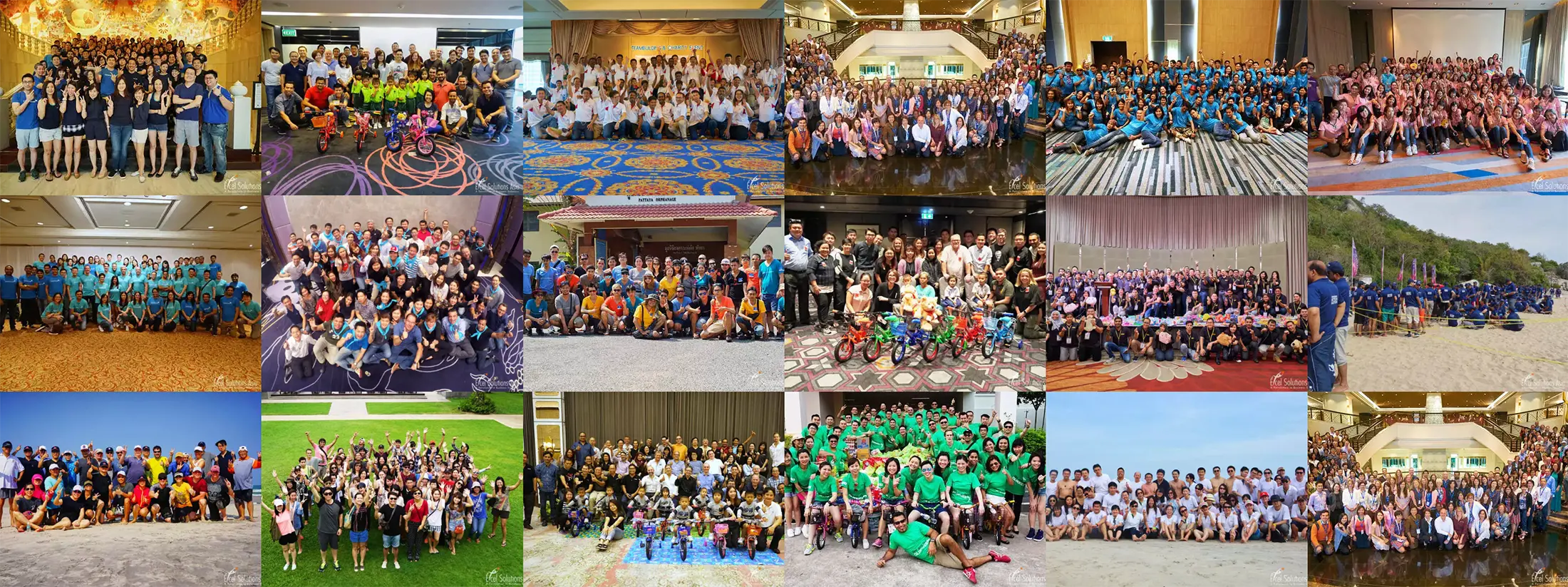Ket statistics on employee engagement and satisfaction: these are two critical pillars that underpin a thriving and successful workplace. When employees feel engaged and satisfied in their roles, they are more motivated, productive, and committed to their organization’s goals. In this article, we delve into the importance of employee engagement and satisfaction, exploring key statistics to foster a positive work environment.
General Statistics
Companies with highly engaged workforces are 21% more profitable and 17% more productive than those with disengaged staff. However, the majority of workers are not engaged in their jobs, with 85% of employees not engaged at work. This lack of engagement is detrimental to companies and could be the root cause of a failing business. Other important statistics related to engagement and satisfaction include:
Employee Engagement and Satisfaction Statistics
- Only 29% of employees are satisfied with available career advancement opportunities.
- Highly engaged employees are 87% less likely to leave their employer.
- Recognition is the most important motivator for 37% of employees.
- 33% of employees leave their jobs for new challenges.
- Only 16% of companies use technology to monitor employee engagement.
- Companies with a thriving corporate culture achieve over 4x higher revenue growth.
- Employee disengagement costs the U.S. economy $450-550 billion every year.
- 38% of remote employees feel exhausted after daily virtual meetings.
- Internal communications are effective in motivating 85% of employees.
**These statistics highlight the importance of workforce engagement and satisfaction for businesses, and the need for companies to take steps to improve engagement levels.**
Statistics Source
- Gallup: U.S. Employee Engagement Needs a Rebound in 2023
- Oak: 25 Employee Engagement Statistics You Wouldn’t Believe
- HR Cloud: 8 Employee Engagement Statistics You Need to Know in 2022
- Wellable: 9 Employee Engagement Statistics You Should Know For 2023
Understanding Employee Engagement and Satisfaction:
It refers to the emotional commitment employees have towards their work, their team, and their organisation as a whole. An engaged workforce go above and beyond their basic job responsibilities, contributing ideas, collaborating, and demonstrating a genuine enthusiasm for their work. It encompasses various factors such as job security, work-life balance, compensation, growth opportunities, and the overall work environment.
The Impact of Employee Engagement and Satisfaction:
- Productivity and Performance: More likely to put in extra effort and strive for excellence. Studies have shown that companies with engaged staff consistently outperform those without, resulting in higher productivity and increased profitability.
- Retention and Talent Attraction: When employees are satisfied and engaged, they are more likely to stay with the organization for the long term. Additionally, a positive work culture and high levels of engagement become attractive to potential job candidates, enhancing the organization’s ability to attract top talent.
- Innovation and Creativity: Feel empowered to share their ideas and contribute to innovation. They are more likely to think creatively, problem-solve effectively, and drive positive change within the organization.
- Customer Satisfaction: Tend to provide better customer service, leading to increased customer satisfaction and loyalty. Satisfied customers are more likely to recommend the organization to others, contributing to business growth.
Strategies to Enhance Employee Engagement and Satisfaction:
- Effective Communication: Open and transparent communication channels between employees and leadership foster a sense of belonging and inclusion. Regular updates, feedback sessions, and two-way communication mechanisms create an environment where they feel valued and informed.
- Recognition and Rewards: Acknowledging and appreciating employees’ efforts through regular recognition and meaningful rewards can boost morale and motivation. This can be in the form of verbal praise, monetary incentives, or professional development opportunities.
- Career Growth and Development: Providing avenues for skill development and career advancement demonstrates an organization’s investment in its employees’ professional growth. Training programs, mentorship opportunities, and clear pathways for advancement can greatly enhance satisfaction.
- Work-Life Balance: Encouraging work-life balance through flexible work arrangements and support for personal well-being shows that the organization values employees as individuals. This balance contributes to reduced burnout and higher job satisfaction.
- Inclusive and Diverse Culture: Promoting diversity and inclusion within the workplace creates a sense of belonging. When they feel that their unique perspectives are valued, engagement and job satisfaction increase.
- Empowerment and Autonomy: Allowing staff to have a degree of autonomy in decision-making and project execution fosters a sense of ownership. This empowerment leads to higher engagement and satisfaction as they feel trusted and respected.
Key Statistics Employee Satisfaction 2023 Conclusion:
Employee engagement and satisfaction are not just buzzwords; they are integral components of a thriving organization. By investing in strategies that foster engagement and enhance satisfaction, organisations can create a positive work culture that benefits staff, customers, and the overall bottom line. Ultimately, recognising a workforce as the heart of the organisation and valuing their contributions is the key to building a successful and sustainable workplace. Thank you for reading our statistics article!



